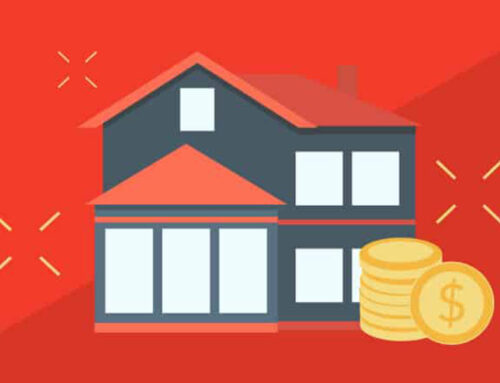Finding a promising investment property in Chicago can be like searching for a needle in a haystack. We’ve all bought those lead lists and done the lead generation hustle with cold-calling, direct mail campaigns, and email marketing. We go to sleep at night thinking about what to write in that next paid ad on social media or how to capture the audience of our website. It’s tiresome on a day-to-day basis, but exhilarating when a lead does crop up. Yet, work still remains. How do you figure out whether the property is worth buying?
Chicago’s Suburban Neighborhoods Hold the Best Investment Properties
The Chicago real estate market is in a sweet spot for investors. When the impact of rising local property taxes fully hits, we can expect this to get even sweeter as current residents look to relocate. While we don’t expect the new luxury housing in The Loop to wince much, the most affected homeowners will be those who own Class B suburban properties and are on a limited income. These houses will be acquired by investors at below market prices. In addition, we are still seeing a strong rental market and sales across the city; these properties can be either leased out or sold at full market value once renovated—if you choose the right investment property.
Some of the best investment houses are pretty ugly on first sight. When a homeowner experiences financial distress, often repairs and maintenance go by the wayside. You may find that the exterior is badly in need of new paint or the roof shingles are falling off. Inside, you may have to consider updates for appliances or even a whole overhaul of all the electrical and plumbing systems. You’ll need the right real estate investment tools to understand the costs involved in rehabbing the property and whether the after repaired value makes sense.
Location is Key to Achieving Investment Returns
The key factor affecting the after repaired value of a property is the location. If the property is in a good suburban neighborhood, more often than not, the numbers turn out to look like a solid investment opportunity. Here are some things you can look out for to tell if the neighborhood will help support optimal returns on your investment:
-
Pride of ownership.
Even if the target investment house is in disrepair, other nearby houses may be in better shape. Is the neighborhood generally tidy, without a lot of trash in the streets or unrepaired roads? Do most of the neighboring houses have recently trimmed lawns and hedges?
-
Good schools.
A good school district is the foundation of a suburban neighborhood and proximity to one is a top priority for home buyers. You could check out the neighborhood school’s standardized test performance or statistics on student-to-teacher ratios or class sizes online. However, it is often more telling to find out whether the school has a high parent-participation rate through booster clubs or a Parent Teacher Association (PTA). Most schools offer tours, often in the late summer and fall, where you can take a look around and ask questions. It will be especially important to do your research on the neighborhood schools as many in Chicago are in dire financial straits—which will drive down home values over the long term.
-
Safe environment.
Nobody wants to buy a house in a neighborhood riddled with crime. Take a few moments to check out the crime statistics on the Chicago Police Department’s website. But then take the extra step of also walking around the neighborhood to get a sense of what goes on in a normal day. Are people out walking their dogs? Do children play in the front yard? These are signals residents generally feel safe in their neighborhood.
-
Accessibility.
After a long day at work, who wants to drive that extra mile to get groceries or run an errand? A neighborhood’s market value rests in part on whether there are amenities like shops and services that are conveniently accessible nearby.
-
Walkability.
There’s increasing demand from tenants and homebuyers for walkable neighborhoods.Properties with this feature tend to garner higher prices. If there are sidewalks and the property is located near places to go, such as local cafes or restaurants, it will add value to your investment. Perhaps that’s why the Humboldt/ Garfield Park area has seen home price gain of about 15% year-over-year since 2012.
While evaluating these factors will help you make a quick determination of whether the property is worth looking into further, you will also need to consider the property’s after repaired value taking into account the costs of renovation.
Evaluating Potential ROI of Investment Property in Chicago
Miscalculating the after-repaired value of a house is perhaps the most common mistake new real estate investors make. If you aim too high, the house won’t sell and aiming too low takes a chunk out of your potential returns. As a HomeVestors® Development Agent, I spend a lot of time training new independently owned and operated HomeVestors® franchisees on how to evaluate the market value of a potential investment effectively. But that’s not all, HomeVestors® provides them with its proprietary real estate valuation tools and ongoing investment mentoring with its Development Agents. If franchisees have a question about whether an investment is worth purchasing, they can message their Development Agent the details and get an experienced perspective to help them make their decision. Could you use that kind of hands-on coaching to build your investing business? Get in touch with HomeVestors® today.
Each franchise office is independently owned and operated.
Contact
"*" indicates required fields




